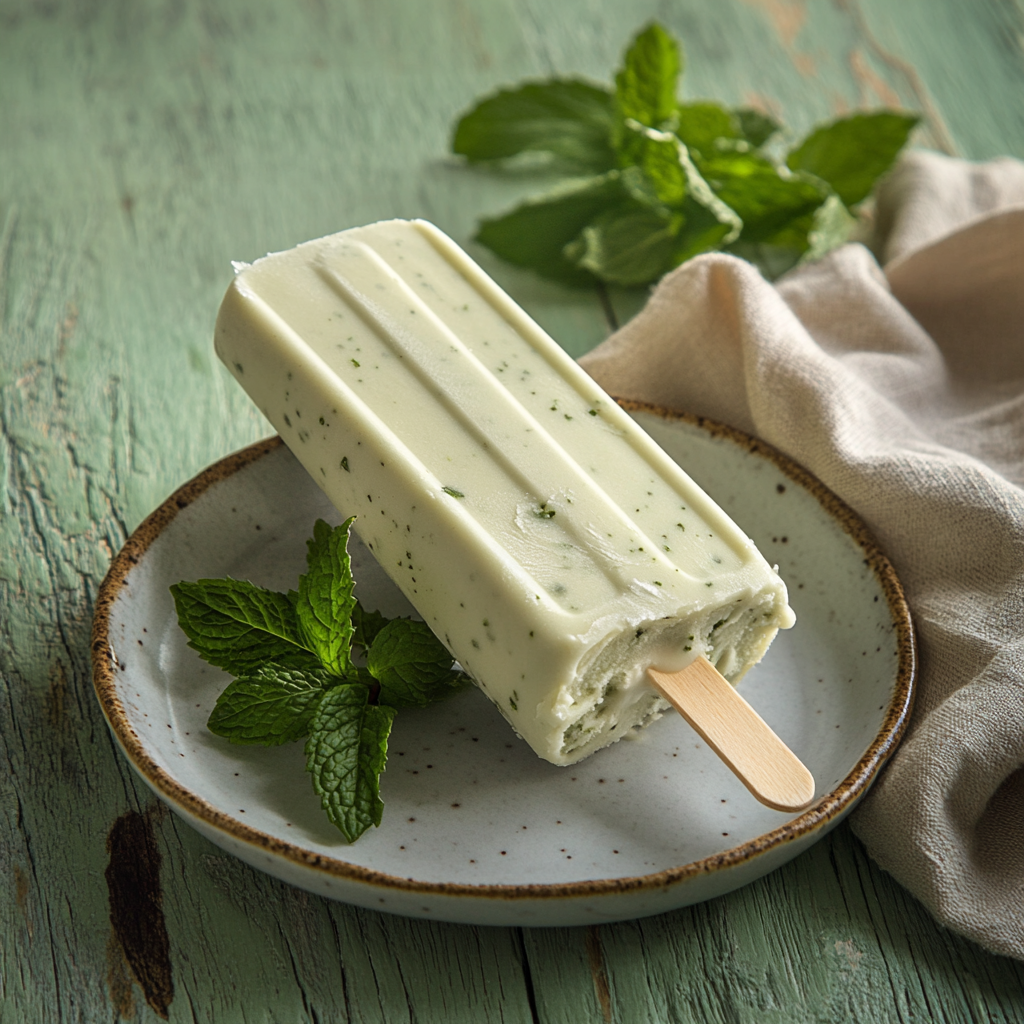The History of Ice Cream: From Ancient Snowy Peaks to Modern Flavor Innovation
May 2nd 2025
The History of Ice Cream: From Ancient Snowy Peaks to Modern Flavor Innovation
Few foods evoke as many emotional memories and cross cultural boundaries as effortlessly as ice cream. This frozen dessert, now present in nearly every country in the world, has a millennia-old history marked by experimentation, technological advances, and cultural exchange.
Ancient Origins: Snow, Fruits, and Honey
The idea of mixing ice or snow with flavorful ingredients to create something refreshing dates back to ancient civilizations. Historical records indicate that around 2000 BCE, the Chinese were already producing a kind of frozen dessert made with cooked rice and milk, stored in containers packed with snow. Emperor Tang, for instance, reportedly had access to an early form of "ice cream" made from buffalo milk, flour, and camphor, chilled with natural ice.
In the Arab world, around the 7th century, sharbat emerged—a chilled drink made from fruits, herbs, or flowers, which later gave rise to the term “sorbet.” In the Persian Empire, more than 2,500 years ago, a dessert called faloodeh—a mixture of ice, rose water, and thin noodles—was commonly prepared, and is still enjoyed in Iran today.
In Ancient Rome, Emperor Nero (37–68 CE) was known for sending runners to the mountains to fetch snow, which was then mixed with fruits and honey to create a refreshing treat. In Greece, Hippocrates recommended chilled drinks as tonics for the body.

From Renaissance Splendor to European Popularity
During the Middle Ages, as trade routes expanded and Arab knowledge spread across Europe, recipes for frozen desserts began to circulate. However, it was during the Renaissance, particularly in Italy, that these creations began to take shape as refined culinary delicacies.
The Florentine architect and cook Bernardo Buontalenti is credited with developing a recipe closer to what we now recognize as gelato in the 16th century. He is said to have presented his creation—made with milk, honey, egg yolks, and a touch of wine—at a banquet for the Medici court in Florence.
In the 17th century, the art of ice cream crossed the Alps and arrived in France. When Catherine de’ Medici married Henry II, she brought not only recipes but also Italian chefs. In France, ice cream quickly became a favorite among the aristocracy and a symbol of sophistication.
From the Old World to the New
Ice cream made its way to the Americas around the 18th century. George Washington, for example, was a great enthusiast of the dessert and spent significant sums to store ice during the summer. Thomas Jefferson is believed to have recorded one of the earliest written vanilla ice cream recipes in the United States.
At the time, however, ice cream consumption was still restricted to elites who could afford imported ingredients and the means to store ice—a precious resource in the pre-refrigeration era.
The Industrial Revolution and Ice Cream for Everyone
It was only in the 19th century, with the Industrial Revolution, that ice cream began to reach a broader audience. In 1843, Nancy Johnson (in the U.S.) invented the first hand-cranked ice cream maker, and shortly afterward, mechanized models allowed for greater production and standardized texture. The rise of factories and advances in refrigeration systems accelerated this process.
The invention of the ice cream cone was also a milestone. Several origin stories exist, but the most popular claims it emerged at the 1904 World’s Fair in St. Louis, when a vendor ran out of cups and improvised by rolling up waffles from a neighboring Syrian stand to serve his ice cream.
In the 20th century came home freezers, industrialized ice creams, popsicles, milkshakes, and an explosion of flavors and formats. The American brand Baskin-Robbins, for instance, made history by offering 31 flavors—one for each day of the month.
Flavors for Every Taste
Today, ice cream continues to evolve, reflecting the wide range of tastes and lifestyles around the globe. Whether artisanal or industrial, made with natural ingredients or more complex formulations, the dessert keeps delighting generations. More than just a treat, ice cream is a symbol of creativity, tradition, and innovation — a sweet story that continues to unfold with each new recipe.

